The streets of downtown Houston were just beginning to hum with life when Officer D. Herrejon and his trusted partner, Charlotte—a graceful 6-year-old Tennessee Walker—set out for their daily patrol. The pair had walked these streets countless times before, their bond evident in every synchronized step. Charlotte’s steady gait and gentle nature made her a favorite among residents and a symbol of calm amid the city’s rush.
But on that ordinary morning, an unexpected event turned their routine patrol into a moment that would forever touch the hearts of many. Startled by sudden movement and noise, Charlotte lost her footing and, in the chaos, was struck by a cement truck. Despite immediate efforts to save her, Charlotte’s injuries were too severe. Officer Herrejon remained by her side until the very end, gently comforting his partner and friend.
In the days that followed, the Houston Police Department’s Mounted Patrol Unit shared a tribute that resonated deeply across the nation.
Though Charlotte’s service ended tragically, her legacy remains a testament to the bond between humans and animals who serve side by side in law enforcement.
The Long History of Mounted Patrol Horses
The partnership between horses and humans in policing dates back centuries. Before patrol cars and radios, mounted units were essential to law enforcement worldwide. In the 1800s, horses were vital for crowd control, crime prevention, and maintaining public order, especially in large cities. Their height and mobility made them ideal for patrolling urban centers and open parks.
Even in modern cities filled with technology, mounted patrols still play a crucial role. Horses provide police officers with elevated visibility, making it easier to manage large gatherings and connect with the community. They also act as ambassadors of trust, helping citizens feel safer and more comfortable approaching law enforcement officers.
In Houston, the Mounted Patrol Unit is a beloved part of the city’s identity. Officers and their equine partners train extensively in urban environments to remain calm amid loud noises, vehicles, and crowds. Each horse undergoes specialized care, diet management, and behavioral training to adapt to the demands of city life.
Charlotte, with her calm demeanor and intelligence, embodied everything the program stood for—service, strength, and heart.
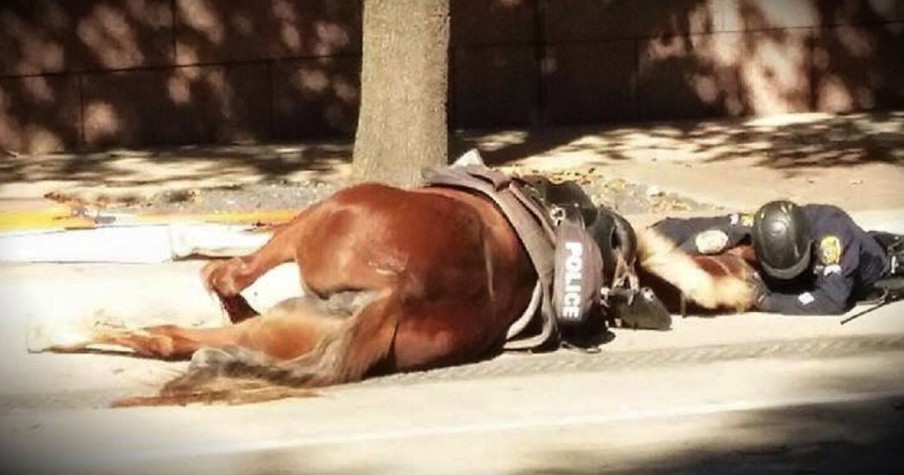
The Emotional Bond Between Officers and Their Horses
For mounted patrol officers, their horses are not just tools of the trade—they are partners and companions. Officers spend years with their assigned horses, building trust and mutual understanding. This connection runs deeper than command and obedience; it becomes a language of unspoken communication.
Horses are sensitive to human emotions. Studies published in Animal Cognition have shown that horses can recognize human facial expressions and even detect tone and tension in a handler’s voice. When officers spend hours together in training and patrol, the horse learns to mirror their energy, responding with calmness in tense situations or alertness when danger is near.
Officer Herrejon’s reaction to Charlotte’s final moments was not simply professional—it was profoundly personal. His gesture of comfort reflected a relationship forged through trust, respect, and shared purpose.
Cultural and Symbolic Significance of Horses
Across cultures and centuries, horses have symbolized strength, loyalty, and honor. In mythology, they are often seen as messengers between worlds—bridging the divide between human will and nature’s power. In ancient Greece, horses were associated with the god Poseidon and symbolized vitality and courage. In Native American traditions, the horse represented freedom and spiritual connection.
In modern law enforcement, the mounted patrol horse carries a similar symbolic weight. These animals are living reminders of patience, resilience, and cooperation between species. Their presence in ceremonies, parades, and community events serves as a bridge between the public and the police—transforming intimidating uniforms into approachable figures of trust.
Charlotte’s story, while heartbreaking, reminds people why these animals continue to be cherished symbols of duty and compassion.

The Science Behind Equine Intelligence and Emotion
Scientific research supports what many riders and handlers already know—horses are deeply emotional and intelligent animals. According to studies published in Scientific Reports and The Journal of Veterinary Behavior, horses possess complex social awareness and emotional intelligence comparable to that of some companion animals.
They can interpret human body language and emotional cues, forming strong attachments to familiar individuals. Physiological studies using heart rate and cortisol measurements reveal that horses experience stress and comfort in response to their handler’s emotions.
This understanding has influenced training methods like natural horsemanship, which focus on communication, empathy, and positive reinforcement rather than dominance. The Houston Police Department’s Mounted Patrol embraces this philosophy, and Charlotte’s success story as a once “unstarted” young horse turned star patrol partner demonstrates how compassion-driven training builds trust and reliability.
Why Horses Still Serve in Modern Policing
In an era dominated by technology, one might wonder why horses still serve in police forces. The answer lies in both practicality and human connection. Mounted units offer a combination of mobility and visibility unmatched by patrol cars or bicycles. Officers on horseback can easily maneuver through crowded areas and provide a commanding presence during events.
Beyond utility, mounted patrols enhance community relations. Children and adults alike are often drawn to horses, sparking conversations that build trust between law enforcement and citizens. This humanizing effect is invaluable in urban settings where maintaining positive public interactions is essential.
Moreover, horses’ keen senses—especially their vision and hearing—allow officers to detect disturbances that might go unnoticed from the ground. Their calm strength often de-escalates tense situations simply through presence.
Charlotte, known for her gentle temperament, was a perfect example of how these animals embody both practicality and empathy in policing.
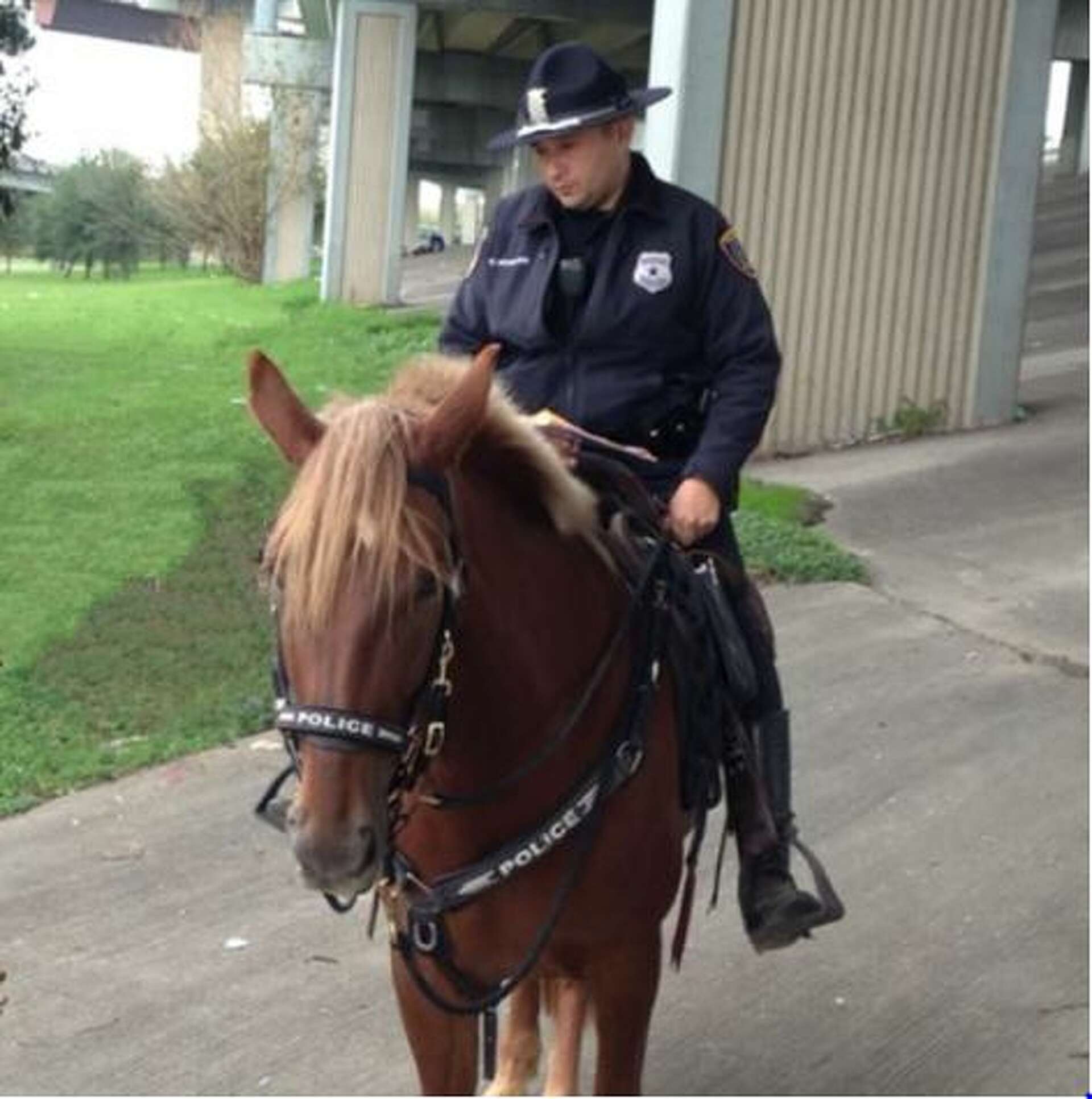
The Grieving Process and Memorials for Service Animals
When a service animal like Charlotte passes, it affects not only their handler but the entire unit and community. Many police departments hold memorials to honor the service of these animals, recognizing their contributions as members of the force.
Psychologists note that the grief officers experience after losing an animal partner can mirror the loss of a human colleague. The American Veterinary Medical Association encourages departments to acknowledge and support officers through such grieving periods, emphasizing the importance of emotional closure.
Public memorials also allow communities to express gratitude. They remind citizens that these animals give their strength and loyalty selflessly, often under challenging conditions.
In Houston, Charlotte’s story prompted an outpouring of love from residents who had seen her patrol downtown streets. Her legacy continues to inspire appreciation for all working animals who dedicate their lives to serving others.
Lessons from Charlotte’s Legacy
Charlotte’s story extends beyond her service—it reflects the deep, timeless bond between humans and animals. It reminds society that compassion and respect are at the heart of all forms of service. Her partnership with Officer Herrejon illustrates how empathy and communication can achieve harmony, even in the demanding world of law enforcement.
Her story also raises awareness about the well-being and training of service animals. It emphasizes the need for continued research into humane training practices, safety standards, and retirement care for police horses and dogs alike.
By honoring Charlotte’s memory, we celebrate every animal that quietly contributes to public safety and community connection.
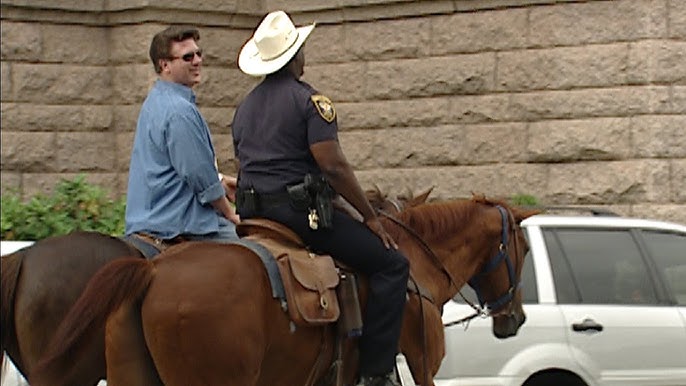
The Enduring Human–Animal Connection
Throughout history, humans have looked to animals not only for labor but also for companionship, understanding, and inspiration. From therapy animals in hospitals to rescue dogs and mounted patrol horses, the emotional and practical bond between species continues to shape human society.
Science and culture agree on one thing: animals like Charlotte remind us of our shared capacity for empathy. They show that courage is not only human—that it lives in the steady heartbeat of every creature that chooses to trust us.
Charlotte’s life and service reflect that bond beautifully. Though her story ended far too soon, her memory continues to stir compassion and respect for all who serve quietly in the background, reminding us that strength often walks on four legs.
Reflection: Why Stories Like Charlotte’s Matter
Stories like Charlotte’s endure because they touch something universal—the desire to connect, to care, and to honor loyalty in all its forms. In her final moments, surrounded by love and gratitude, Charlotte represented not just a fallen service horse but the eternal partnership between humanity and nature.
Such stories remind us that behind every uniform, badge, and set of reins, there exists a bond built on trust and kindness. Whether seen through the lens of myth, science, or emotion, these relationships show that courage and compassion often come hand in hand.
In the end, Charlotte’s legacy is not about loss—it is about the enduring beauty of connection, and the quiet reminder that to serve with heart is to live with purpose.
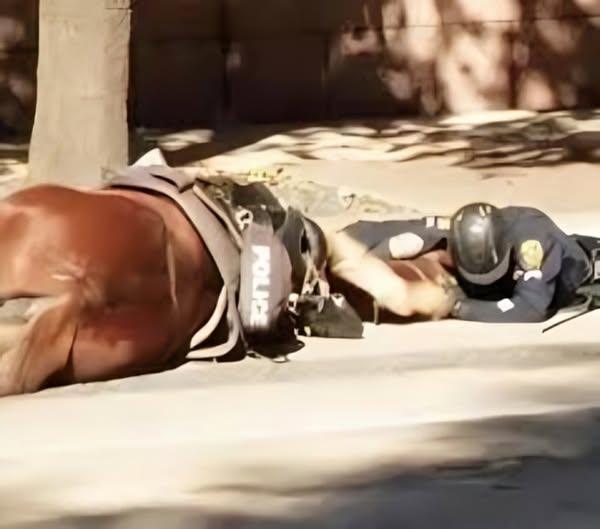
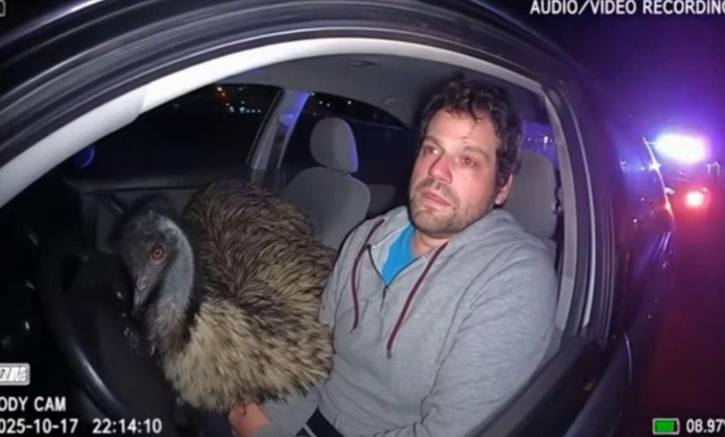
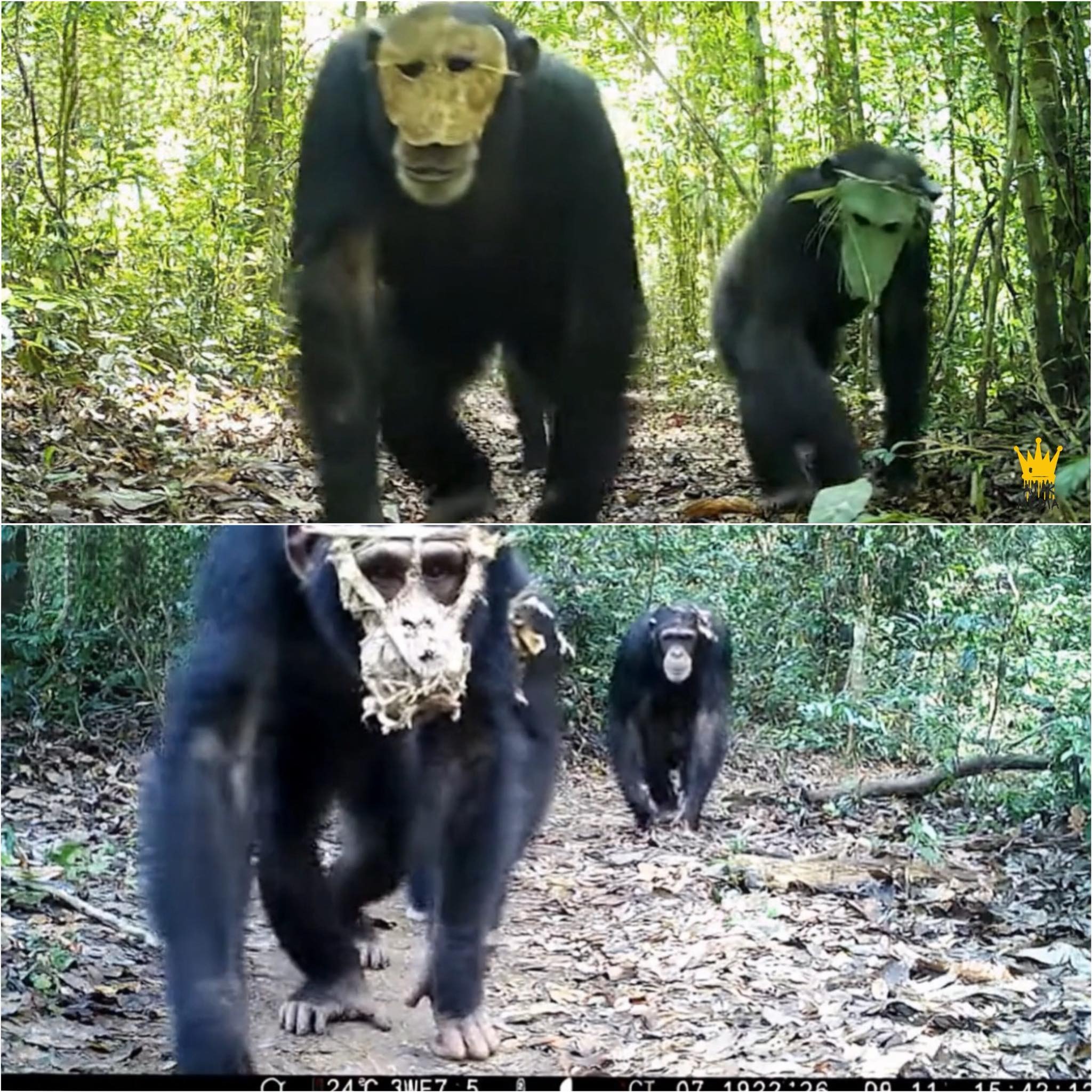
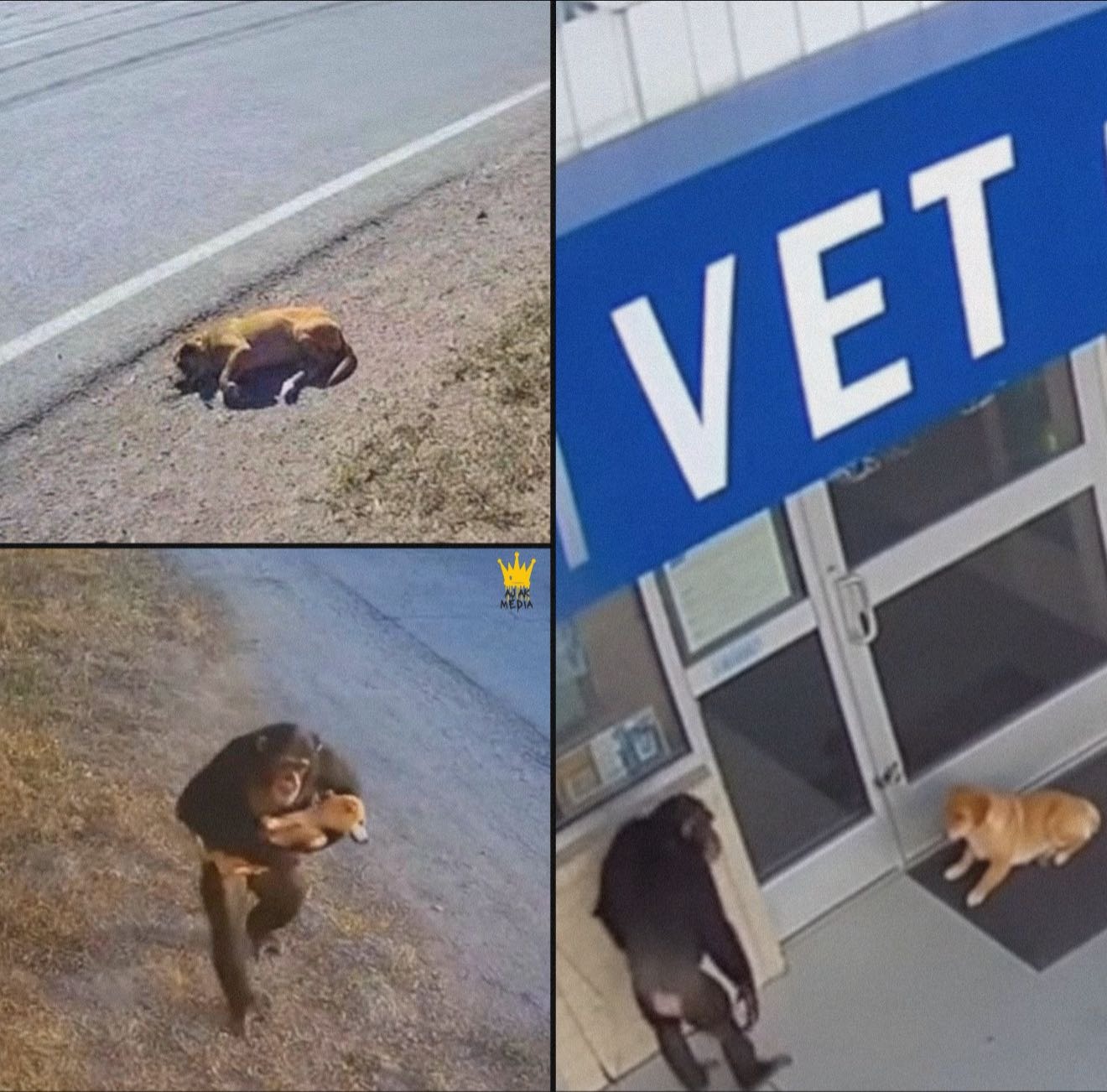
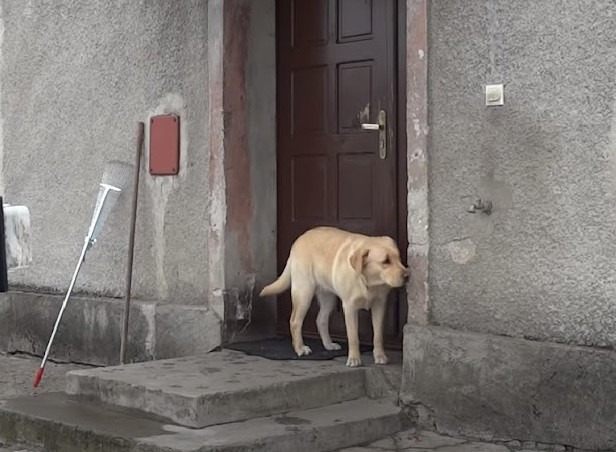
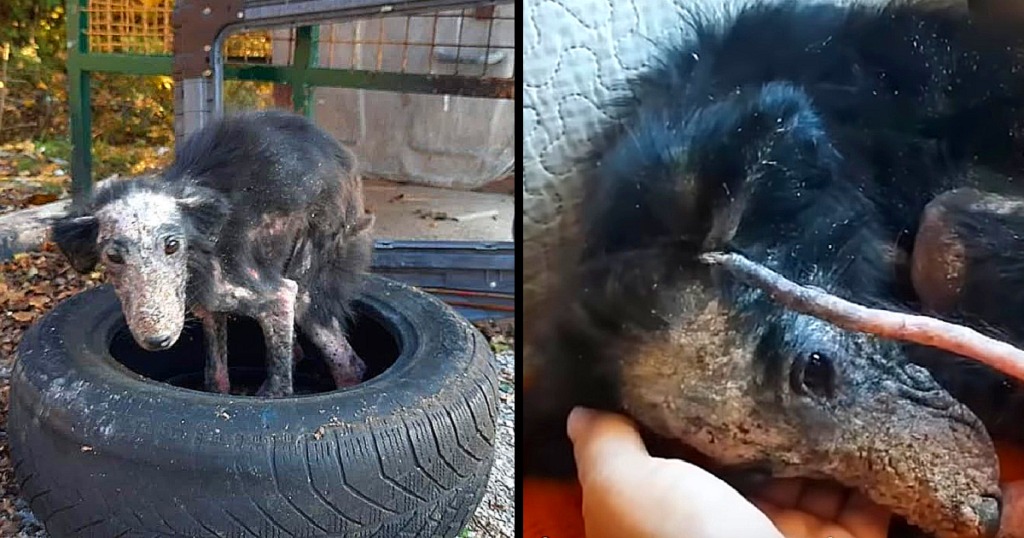
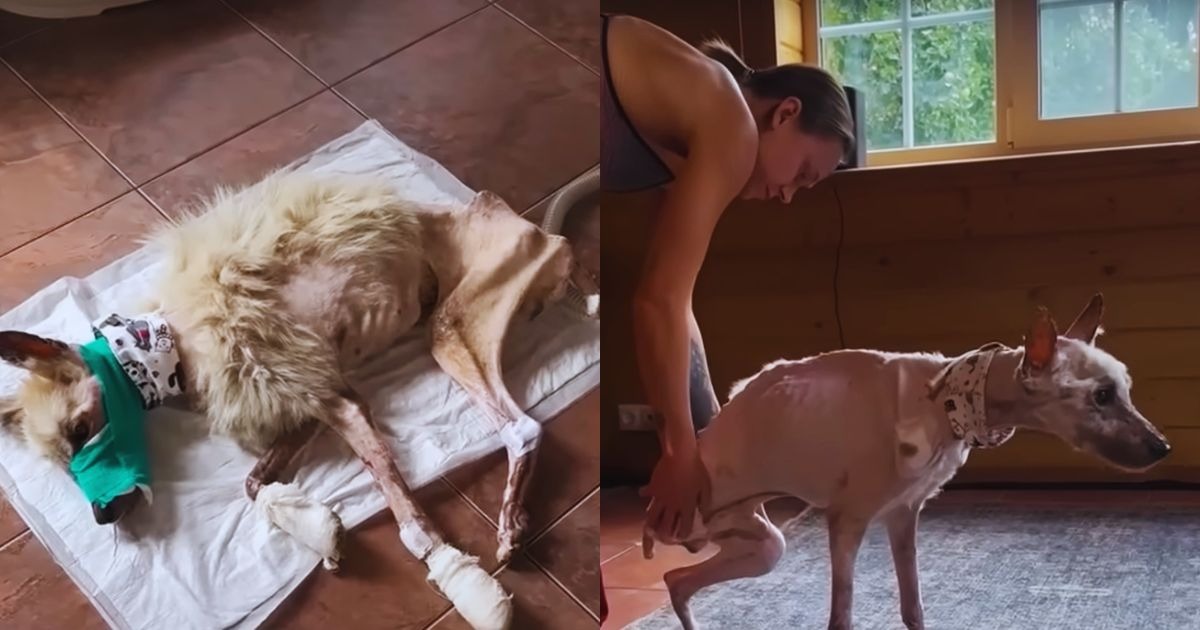
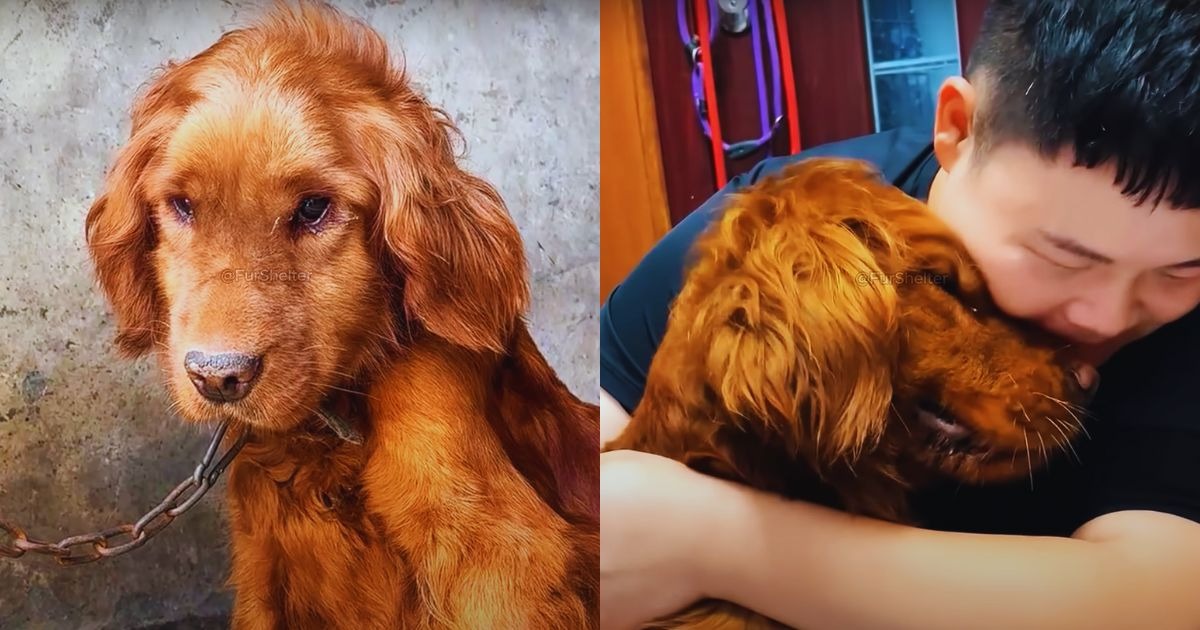
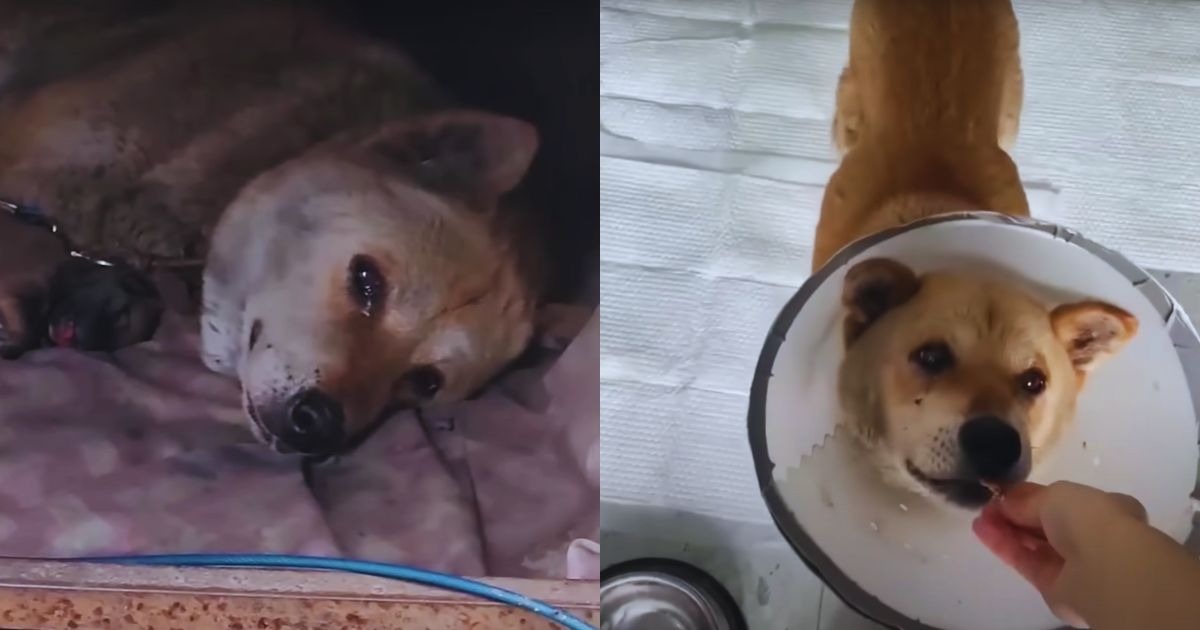
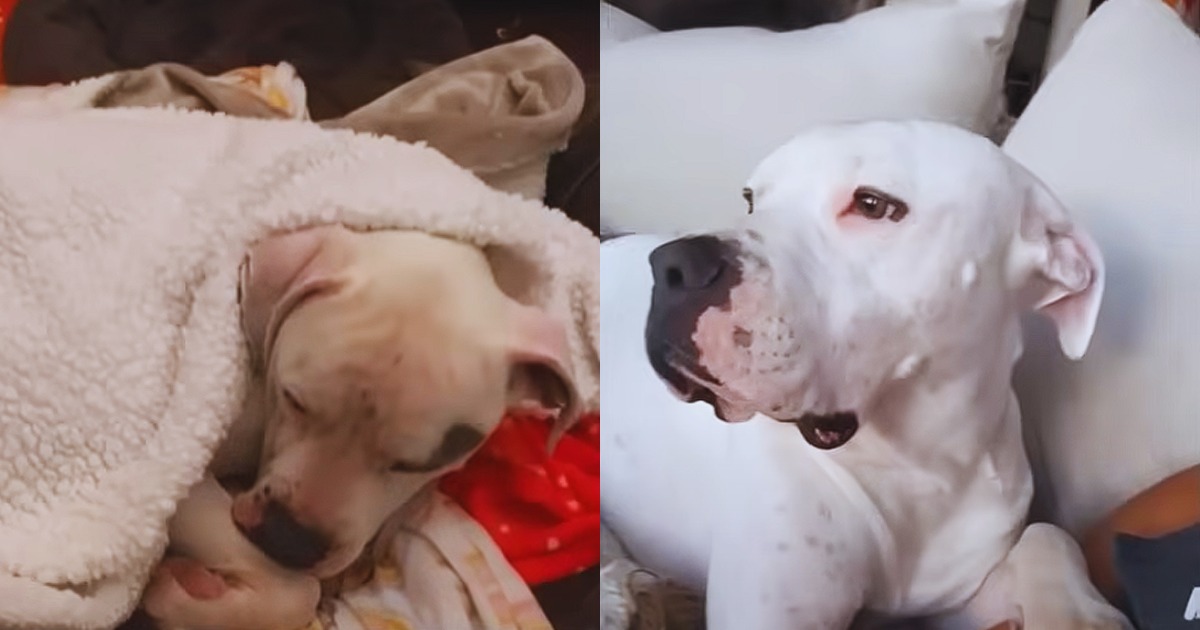

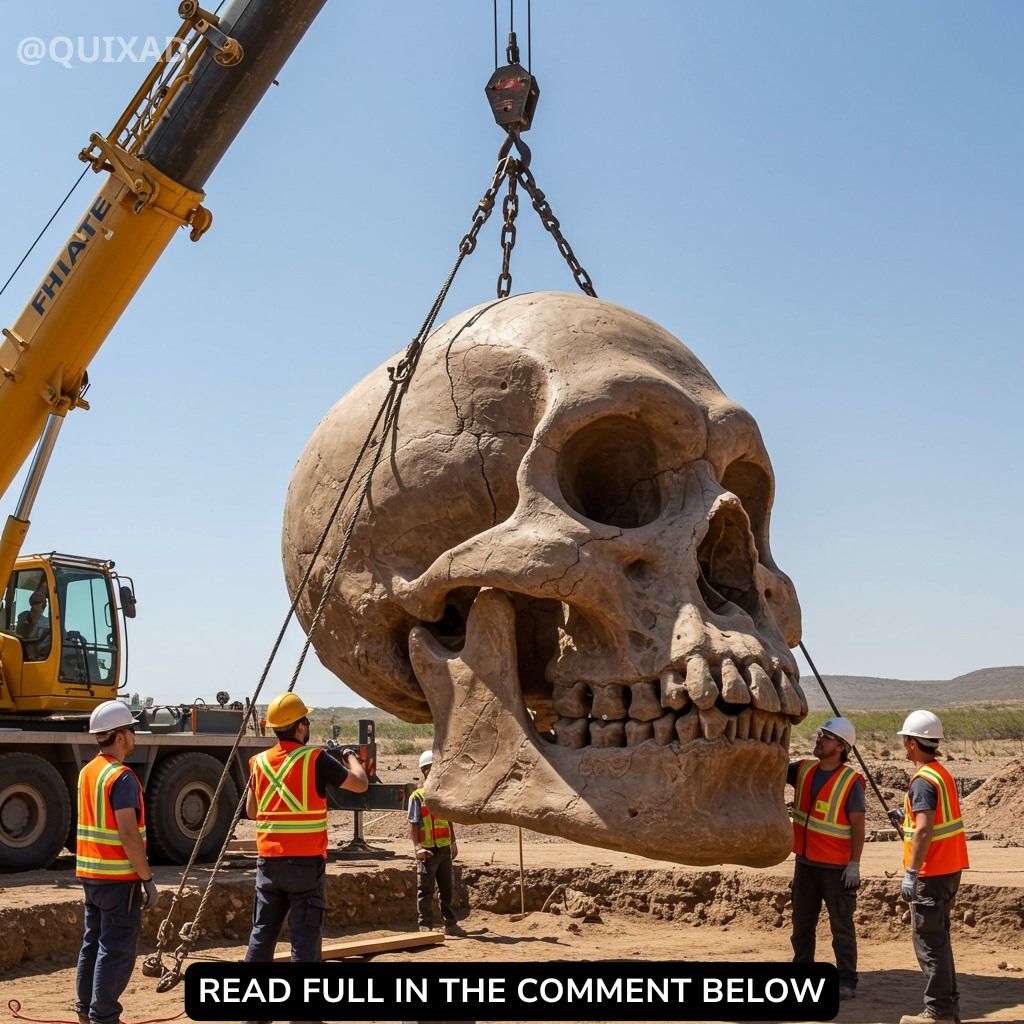
Leave a Reply